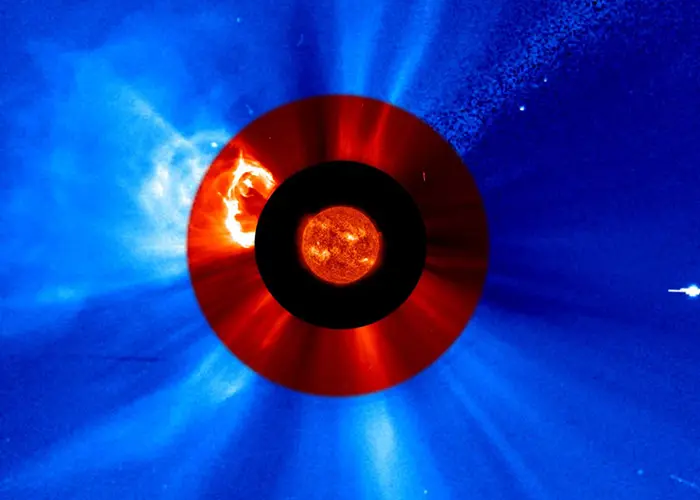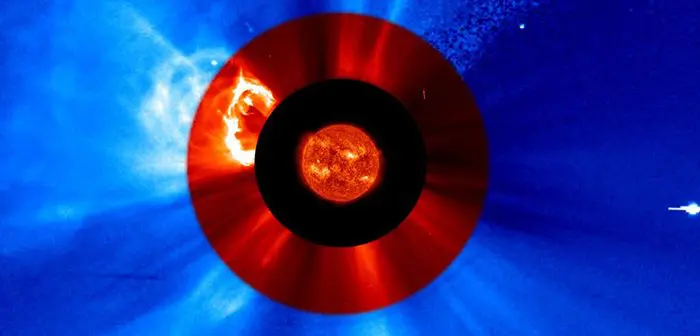
NASA has selected a new heliophysics instrument to study the Sun and how it creates massive solar eruptions.
The Joint EUV coronal Diagnostic Investigation (JEDI) will fly aboard the European Space Agency’s (ESA) Vigil space weather mission and capture new views that will help researchers connect features on the Sun’s surface to those in the Sun’s outer atmosphere, the corona.
Once integrated aboard the ESA’s Vigil space weather mission, JEDI’s two telescopes will focus on the middle layer of the solar corona, a region of the Sun’s atmosphere that plays a key role in creating the solar wind and the solar eruptions that cause space weather.
The Vigil space mission, planned to launch in 2031, is expected to provide around-the-clock space weather data from a unique position at Sun-Earth Lagrange point 5 – a gravitationally stable point about 60 degrees behind Earth in its orbit. This vantage point will give space weather researchers and forecasters a new angle to study the Sun and its eruptions. NASA’s JEDI will be the first instrument to provide a constant view of the Sun from this perspective in extreme ultraviolet light – giving scientists a trove of new research data while simultaneously supporting Vigil’s ability to monitor space weather.
“JEDI’s observations will help us link the features we see on the Sun’s surface with what we measure in the solar atmosphere,” said NASA’s Nicola Fox. “Combined with Vigil’s first-of-its-kind, eagle-eye view of the Sun, this will change the way we understand the Sun’s drivers of space weather, which in turn can lead to improved warnings to mitigate space weather effects on satellites and humans in space as well as on Earth.”
The project is led by Don Hassler at the Southwest Research Institute in Boulder, Colorado. The NASA Heliophysics Space Weather Program is funding the instrument with a total cost not exceeding USD45 million. Management oversight will be provided by the Living With a Star Program of the Explorers & Heliophysics Projects Division at NASA’s Goddard Space Flight Center in Greenbelt, Maryland.





